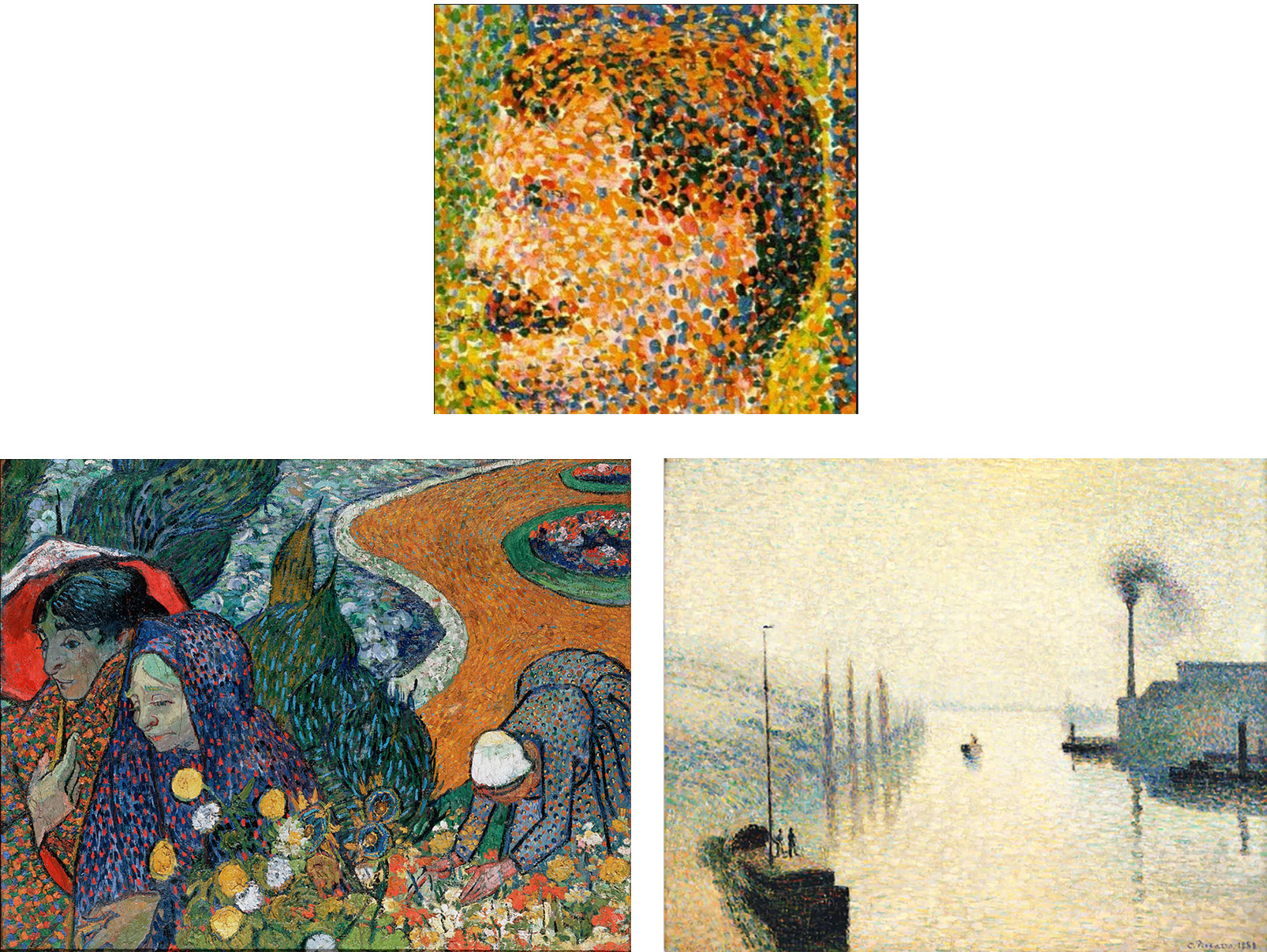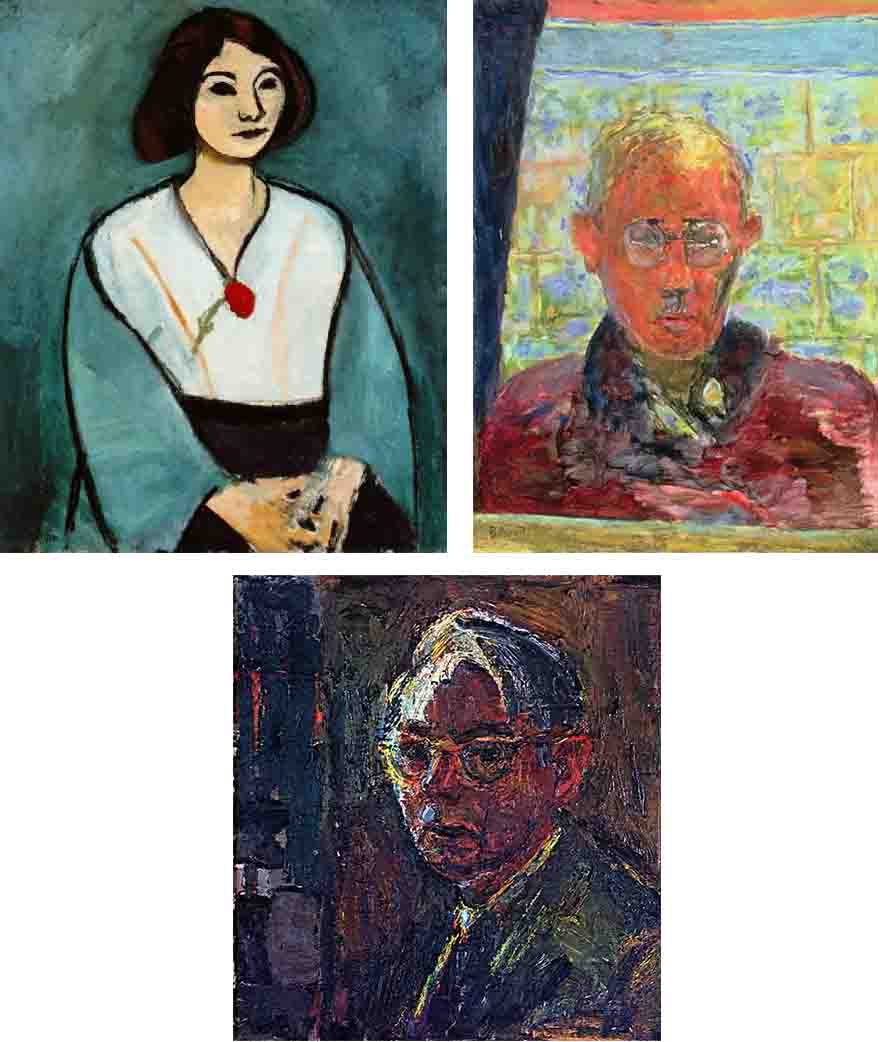Introductory
The purpose of this Post is to provide a link to “Synthesis of colour ideas”, Chapter 28 of my book, “Painting with Light and Colour”. In combination with the next chapter, its role is to prepare for the practical applications of the ideas presented in Chapter 30. It brings together a number of the more important proposals found in both this book and the book on drawing, “Drawing on the Both Sides of the Brain”. In particular, ones relating to:
- The history of artistic thought and practice in Europe, since the Italian Renaissance.
- The evolution of the science of visual perception, from its origins in the middle of the Eighteenth Century to the present day.
Venetian Colourists not colourists
Before the arrival of this new science, artists, following the lead of the “Venetian Colourists”, had learnt a lot about introducing effects of light into the illusory pictorial space that they sought to create in their paintings. They had arrived at the conclusion that mastery of this ephemeral aspect of depiction depends on control of “lightness relations”. To do this they adopted the rule that there should be no repetitions of lightnesses across the entire picture surface. Paradoxically, it follows from this that the innovation which led to their being known as “colourists” had nothing to do with two of the three variables that are usually thought to be necessary to define colour, namely “hue” or “saturation”. Perhaps a better name for them would “Venetian lightists”.
![]()
CHAPTER 28 – SYNTHESIS OF COLOUR IDEAS
![]()
A reminder of “colourists” before and after Seurat
![]()

![]()

![]()

![]()
Other chapters from “Painting with Colour”
- INTRODUCTION to BOOK 2: “Painting with Colour”
- Chapter 19 – Colour and the feelings
- Chapter 20 – Optical mixing and its legacy
- Chapter 21 – Colour contrast effects
- Chapter 22 – Thin Lines
- Chapter 23 – More on viewing conditions
- Chapter 24 – Colour and Surface
- Chapter 25 – Chiaroscuro
- Chapter 26 – Cast shadows
- Chapter 27 – Shading and surface form
![]()